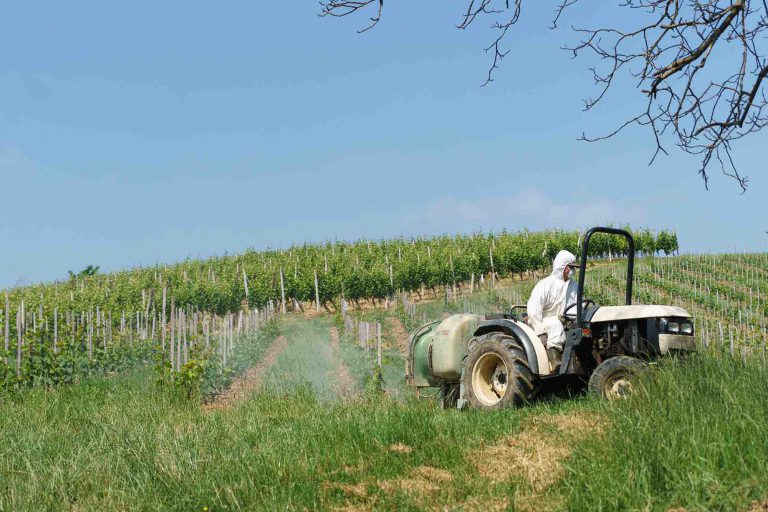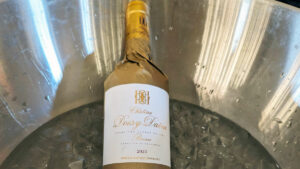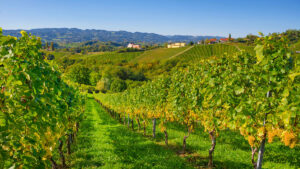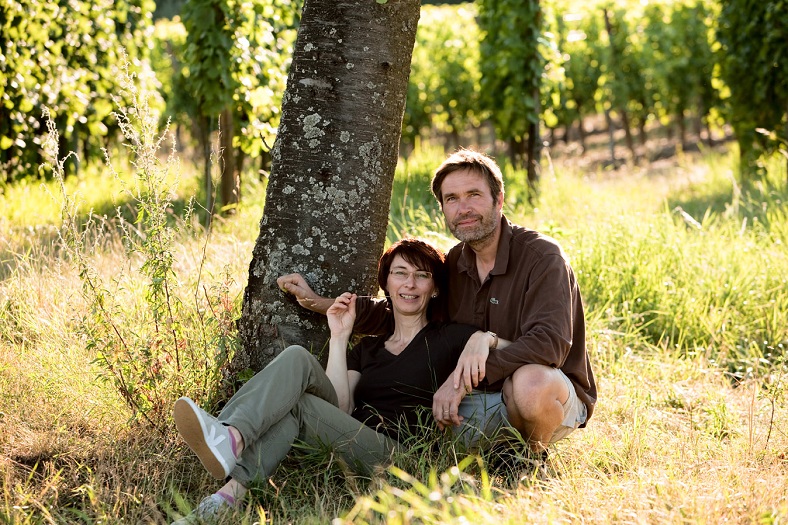
Jean-Louis Trapet, with his famous Chambertins and Marsannays, is already pretty well-known. But did you know that his wife, Andrée, comes from a family of wine makers in Alsace? We couldn’t feature one without the other, so let’s take the time to discover the wines being made in their respective domains.
Domaine Trapet et fils, a Burgundy icon
Jean-Louis Trapet has the eloquence of a truly serene man. He knows the value of things, recognising that ‘people are transitory, the earth will remain’. And since wine is about sharing and heritage, the memory of his great grandfather Louis, who founded the domain in 1870, has been kept alive.
Today, Jean-Louis looks after 15 hectares of vines, a treasure of which he is custodian: three grands crus (Chambertin, Chapelle-Chambertin and Latricières-Chambertin), two premiers crus (Petite Chapelle and Clos Prieur), as well as Marsannay. Since 1995, the domain has been cultivated biodynamically: stripped back to a gentle process and respecting natural balances, this method places much importance on skilful observation.
The vines are accompanied and protected throughout their growth. Then comes a decisive moment, this being the maturation: once the vinifications are finished (with as little intervention as possible), the wines are taken down to the cellar and poured into barrels, where they spend the winter evolving at their own pace. “Our duty to legacy is carried out in our actions as wine makers, it’s the affective link between us and those who came before us.” Jean-Louis Trapet crafts wines with heart and soul.
Domaine Trapet in Alsace
This is one of the first chances we’ve had to offer the Trapet family’s Alsace cuvées in this way. Andrée’s domain is a little more discreet than that of her husband, but she is easily as talented and interesting in her vocation. These cuvées are constantly evolving, with each one impressing us yet more than the last.
In 2002, Andrée decided to take up her parents’ work, a domain located in Riquewihr. As soon as she arrived, she decided to convert the domain to biodynamics, following in the footsteps of the property she knows so well. Helped by her mother, she has mastered the running of her 12 hectares, always working closer to the plants and the terroir. The domain has some highly reputed parcels, including grands crus (Sonnenglanz, Schononberg, Sporen and Schlossberg), and lieux-dits (Beblenheim, Zellenberg, Hunawihr). This is where her two sons are currently learning all there is to know about making wine, with their grandmother to guide them of course! They are showing an increasing potential for innovation, so there are plenty of new ideas coming together in Riquewihr. The vinifications are carried out with utmost care, certain maturations lasting up to two years before bottling, meaning that these cuvées have great aging potential. The elegance and finesse of the resulting wine is brilliant, with a style setting them on their own course for success.
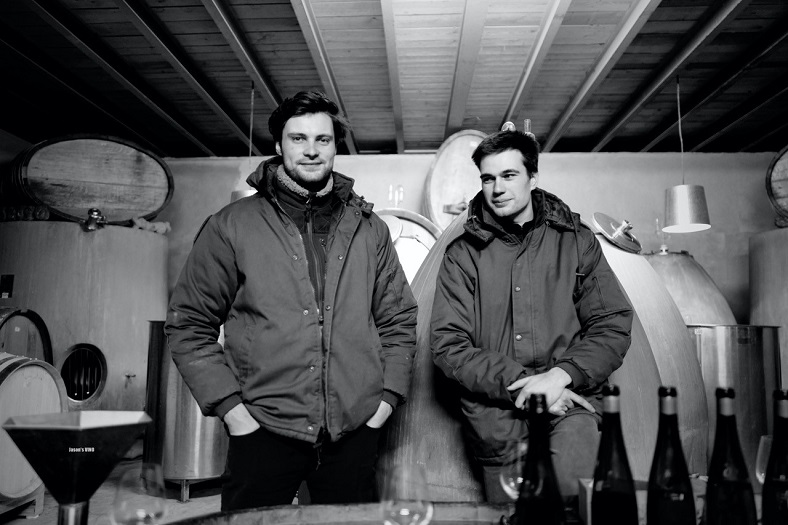
Discover all the wines from Domaines Trapet currently available
What do the guides say?
Alsace
RVF – “With biodynamic growing and careful vinification, these are stylish wines. The range demonstrates the legitimacy of classifying by commune and of highlighting terroir. A domain in constant progression.”
Bettane & Desseauve – “These wines have unique elegance and finesse. The acidity is never too sharp, and any residue melts into the balance of the texture. The cuvées made from the finest terroirs spend two years maturing before bottling. They should be understood as cellaring wines.”
Burgundy
RVF – “An attentive and sensitive producer, adept in biodynamics, Jean-Louis Trapet has brought his family domain to excellence. All of the cuvées are accomplished, fine and smaller vintages alike, with a respect of the terroir that should be praised. They are made in a style that honours Burgundy. The most recent vintages are classics-to-be.”
Bettane & Desseauve – “Jean-Louis Trapet, an idealist of rare kindness who works alongside his wife Andrée, has led his family domain to the heights of Burgundy wine-making. The viticulture practiced here follows the cleanest principles of biodynamics, and the lively soils express themselves in the subtle nuance of these terroir wines. The tannins are rare in their elegance. Very few domains of this level have maintained a tradition of welcoming visitors. It’s important that the link between great producers and great enthusiasts should not be broken.”

